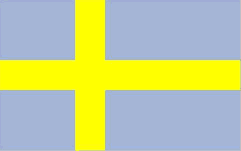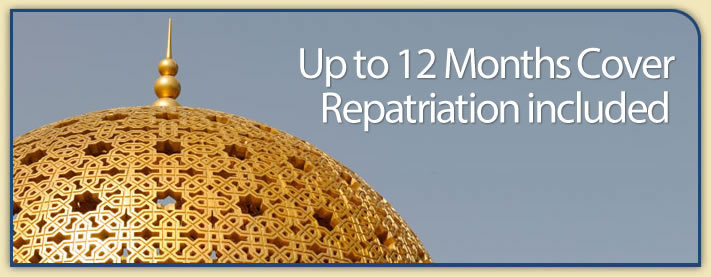Country Guide • Sweden

Sweden is located on the east side of the Scandinavian Peninsula in North Europe. Sweden is bordered by Norway to the west and north west and Finland and the Gulf of Bothnia to the north east, with a long Baltic coast to the east and south and Kattegat to the south west.
| Official Name | Kingdom of Sweden |
|---|---|
| Area | 449,964km² (173,732mile²) |
| Population | 8,878,000 |
| Continent | Europe |
| Population per mile² | 51 |
| Capital City | Stockholm |
| Religions | 90% Evangelical Lutheran or Church of Sweden, 1% Roman Catholic and there is also a smaller number of Orthodox Catholics and Jews |
| Language | Swedish |
| Government | Constitutional hereditary monarchy |
| Member of EU | Yes |
| Currency | Krona |
| GDP | $227.4 billion |
| GDP per Head | $24,400 |
| Natural Resources | Zinc, iron ore, lead, copper, silver, timber, uranium, hydropower |
| Land Use | Arable Land 6.8% |
| Agriculture | Barley, wheat, sugar beets; meat, milk |
| Industry | Iron and steel, precision equipment (bearings, radio and telephone parts, armaments), wood pulp and paper products, processed foods and motor vehicles |
| Tourism | Most people who come to Sweden are struck by its sheer size. The wide open countryside, the rolling landscapes and vast forests give a feeling of spaciousness, silence and tranquility which makes an unforgettable impression on many visitors. Sweden is also open and spacious in other ways. You can see it in the city architecture, in the trendy fashion boutiques in furniture and interior décor and in design in the widest sense. For the active, there's a wealth of outdoor activities, from heli-skiing under the midnight sun in Lapland, to drifting down a river in Värmland on a homemade log raft |
| Natural Hazards | Ice floes in the surrounding waters, especially in the Gulf of Bothnia, can interfere with maritime traffic |
| Health Risks | None |
| Climate | Sweden has a relatively mild climate which varies greatly, owing to its length. The summers can be very hot but get shorter further north. The midnight sun can be seen between mid-May and mid-June above the Arctic Circle. Winters can be bitterly cold, especially in the north. Average annual rainfall is heaviest in the south west at 23 inches while the average for Lapland in the north west is only 12 inches and most rainfall north of Stockholm is snow. Average temperature ranges in Stockholm are from -5 to -1°C in February to 4 to 22°C in July |
| Time | GMT/UTC+1 hour |
| National Days | June 6 |
| Visas | Sweden is a member of the European Union and if you are a British national you can stay as a visitor for three months. After that you should contact a Migration Board office.For other nationals stays of up to 90 days (unlimited for Nordic citizens) are usually visa free, but South Africans, Hong Kong residents with Chinese passports and residents of many African, Asian, South American and some Eastern European countries should check requirements with Swedish embassies |
| British Embassy | Embassy Details |
Information Only
The content above is for information purposes only and we have tried to ensure that the information is as accurate as possible. We cannot accept any responsibility for any inconvenience, loss or injury as a result of the information above. You should always check and verify any critical information like visas, health and safety and customs with the relevant authorities before you travel since information can change at any time.



